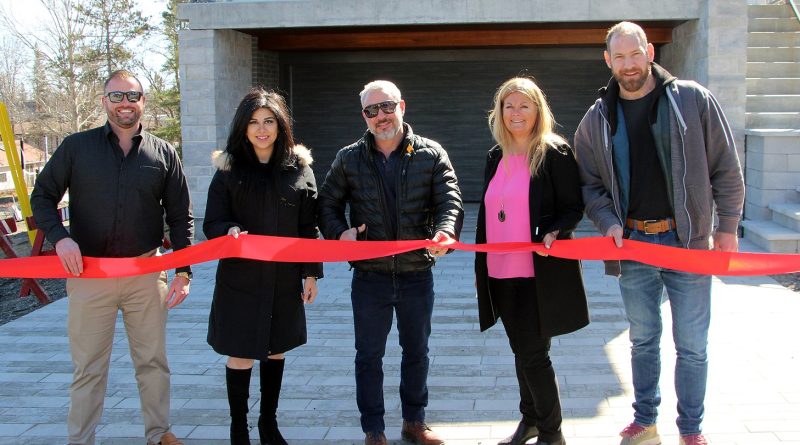Contemplating the Purchase of a Property in Need of Repairs or Upgrades? You're certainly not alone in this aspiration. In this post, we aim to uncover the true allure of these potential-packed properties, dissecting the reasons many homebuyers are drawn to these projects. We'll explore the benefits, such as lower purchase prices and customization potential, while also shedding light on the drawbacks, including unexpected costs and the challenges of living amidst ongoing renovations. By the end, armed with our insightful tips, you'll be well-equipped to make an informed decision on whether a fixer-upper home aligns with your preferences.
Unveiling the Attraction of Fixer-Uppers
Let's start by delving into the enchantment surrounding fixer-upper homes. These properties act as a blank canvas for creative expression and pose a thrilling challenge for those eager to roll up their sleeves. Unearthing hidden potential is a stimulating endeavor, and some have turned these fixer-uppers into profitable ventures with the right tweaks and improvements.
Personalization stands out as a significant advantage, offering a level of satisfaction hard to replicate in a pre-designed house. Additionally, the prospect of acquiring a property in a desirable location, even if it requires some renovation, adds an extra layer of appeal. In summary, the allure of fixer-uppers is multi-faceted and captivating.
The Upsides and Downsides of Purchasing a Fixer-Upper Home
Pros of Investing in a Fixer-Upper Home
Moving forward, let's examine the advantages of investing in a fixer-upper home. Despite the potential need for elbow grease, these properties come with several key benefits.
Lower Purchase Price: Opting for a fixer-upper translates to a lower initial investment. For instance, moving from a high-cost housing market like Toronto to a more affordable location such as Edmonton allows you to secure a larger property for the same price.
Potential for Increased Profit: Beyond the initial savings, there's potential for substantial profit post-renovation. Enhancing the property's value can lead to a significant return on investment, a notable advantage for those willing to put in the effort.
Personalization: The opportunity for personalization is equally crucial. Acquiring a fixer-upper enables you to tailor every aspect of the property to your taste, creating a home that uniquely reflects your personality.
Reduced Competition: Lastly, these homes often face reduced competition in the market. With many buyers preferring move-in-ready options, fixer-uppers attract fewer bidders, offering a win for those willing to undertake renovations.
Consider engaging cross-province movers for a seamless transition when relocating from Toronto to Edmonton. Their expertise ensures a smooth settling process, not only by safely transporting your belongings but also by providing guidance on navigating your new neighborhood.
In summary, investing in a fixer-upper comes with various advantages, from cost-effectiveness to customization. It provides an opportunity to create a home that is uniquely yours, offering a smooth transition when moving cities, especially with the assistance of professional movers. Nevertheless, weighing these benefits against potential downsides is crucial, as we'll explore in the next section.
Cons of Purchasing a Fixer-Upper Home
While the benefits are abundant, buying a fixer-upper home poses its own set of challenges. Let's navigate through the potential downsides.
Time and Effort: Acquiring a fixer-upper is a commitment of time and energy. Renovations, even minor ones, can stretch over months, demanding patience and a willingness to navigate unforeseen obstacles.
Unexpected Costs: Financial uncertainties come into play, as unexpected costs can arise, potentially skewing your budget. From structural issues to hidden mold or outdated wiring, renovation expenses can escalate quickly, emphasizing the need for budgeting beforehand.
Financing and Insurance Challenges: Securing financing can be a hurdle, as banks often view fixer-uppers as risky investments, making it challenging to secure a loan. Insurance companies may also charge higher premiums until renovations are complete.
Living in a Construction Zone: Lastly, there's the practical aspect of living in a house under construction. It can be stressful, messy, and disrupt your daily routines, with dust, noise, and workers making your home less peaceful.
Despite these drawbacks, dismissing the potential benefits of a fixer-upper would be premature. It's a matter of weighing your ability to handle these challenges against the potential rewards. For some, the chance to mold a house into a dream home or the prospect of a significant return on investment may outweigh these downsides. The key lies in understanding what you're getting into, meticulous planning, and maintaining a healthy tolerance for unpredictability. Buying a fixer-upper isn't for everyone, but for those willing to take the plunge, the rewards can be substantial.
Tips for Navigating the Fixer-Upper Journey
For a smoother journey into the world of fixer-uppers, consider the following tips:
Enlist an Experienced Home Inspector: Identify potential cost pitfalls by having an experienced home inspector thoroughly examine the property.
Consider Location: Even the best renovations won't compensate for a poor location, so evaluate the neighborhood before making a decision.
Get a Renovation Estimate: Obtain a renovation estimate before purchasing to have a clearer idea of potential costs.
Plan for Unexpected Expenses: Ensure you have a financial cushion to cover unexpected expenses that may arise during the renovation process.
Live Elsewhere During Major Renovations: If possible, consider living elsewhere during significant renovations to maintain your sanity amidst the chaos.
Purchasing a fixer-upper home presents both exciting opportunities and significant challenges. From cost savings to personalization, the advantages can be considerable. In contrast, unexpected costs, effort, and potential financing hurdles are notable cons. Whether a fixer-upper aligns with your preferences depends on your financial situation, time commitment, and tolerance for uncertainty. Armed with this knowledge, carefully weigh your options. With thorough planning, the journey of transforming a fixer-upper into your dream home can be a rewarding one. Remember, every home has potential—it's all about seeing it. Best of luck on your home-buying journey!












.png)

